Description
Solar Pv Water Pumping Solution using Three-Level Cascaded Inverter Connected Induction Motor Drive
OBJECTIVE:
Increases the overall size, cost, and complexity. Conversion efficiency is poor due to high power loss in two-stage conversion. They have also low reliability due to the presence of dc linked capacitors, which are the basic drawbacks of ac to ac converters here An Efficient Single-Phase AC-to-AC Buck and Boost Matrix Converter is proposed. to overcome these drawbacks. Solar Pv Water Pumping Solution using Three-Level Cascaded Inverter Connected Induction Motor Drive
Solar Pv Water Pumping Solution using Three-Level Cascaded Inverter Connected Induction Motor Drive
EXISTING SYSTEM:
- Matrix converters change the magnitude and frequency of the output voltage without involving any intermediate stage. They are directly connected between the source and load. They can be a good replacement for the bulky indirect ac-to-ac converters
- Single-phase matrix converter proposed can decrease the output voltage with an increase in the output frequency. It lacks the voltage boost and frequency buck capabilities, also matrix converters are developed for induction heating. Its comparison with indirect converters proves that matrix converters are the best replacement for indirect ac-to-ac converters for induction heating applications.
- The matrix converters used in ac-to-dc converters with boost Capabilities the main drawback of matrix converter is that The single-phase matrix converters operated in buck mode can only buck the output voltage. They cannot be used in an application that requires a boost or buck-boost operation.
- The matrix converter implemented with the Z-source arrangement proposed can be operated in buck-boost mode. It solves the problem of limited voltage gain. The quality of the input current is improved as the input current is continuous due to the z-source arrangement, At any given instant of time of the output voltage, four semiconductor switching devices are switched with PWM control. So, its switching losses are increased as they are proportional to switching frequency. The overall losses are high due to high conduction and switching losses that reduce its conversion efficiency. In this matrix converter, the quality of the output voltage is poor which increases its THD and hence it has a poor power factor.
PROPOSED SYSTEM:
In the proposed research, and efficient single-phase matrix converter is proposed that can be operated in buck and boost mode separately. The quality of the input current is improved due to inherent continuous current conduction in boost mode. The switching losses are reduced by switching only on semiconductor switches with PWM control. The conduction losses remain the same. So overall losses are reduced
resulting in the improvement of conversion efficiency. The efficiency of the converter is also improved due to the reduction of losses caused by the generated harmonics in boost operation.
ADVANTAGES:
Reduces the Switching losses, thus enhancing the switching converter efficiency. This also reduces the complexity of the control circuit
APPLICATION:
Motor drives
CONCLUSION:
This research focuses on an efficient ac-to-ac matrix converter that may be employed as a voltage and frequency changer operating in buck and boost mode separately. It can control both the frequency and magnitude of the output voltage.
The efficiency of this converter is improved by applying PWM control to only one switch out of eight controlled switches during each instant of time. This reduces the switching losses effectively. Conduction losses are also reduced by turning on
only three controlled switches. Four switches remain off in each half cycle of the input voltage. Conduction losses are also reduced by taking the advantage of low on-state resistance of MOSFET. The quality of the output voltage is also improved as there is no short-through problem. The quality of the input current is improved in boost operation. The input current is continuous thus having low THD. The topology comes with the advantage of a high input power factor.Solar Pv Water Pumping Solution using Three-Level Cascaded Inverter Connected Induction Motor Drive

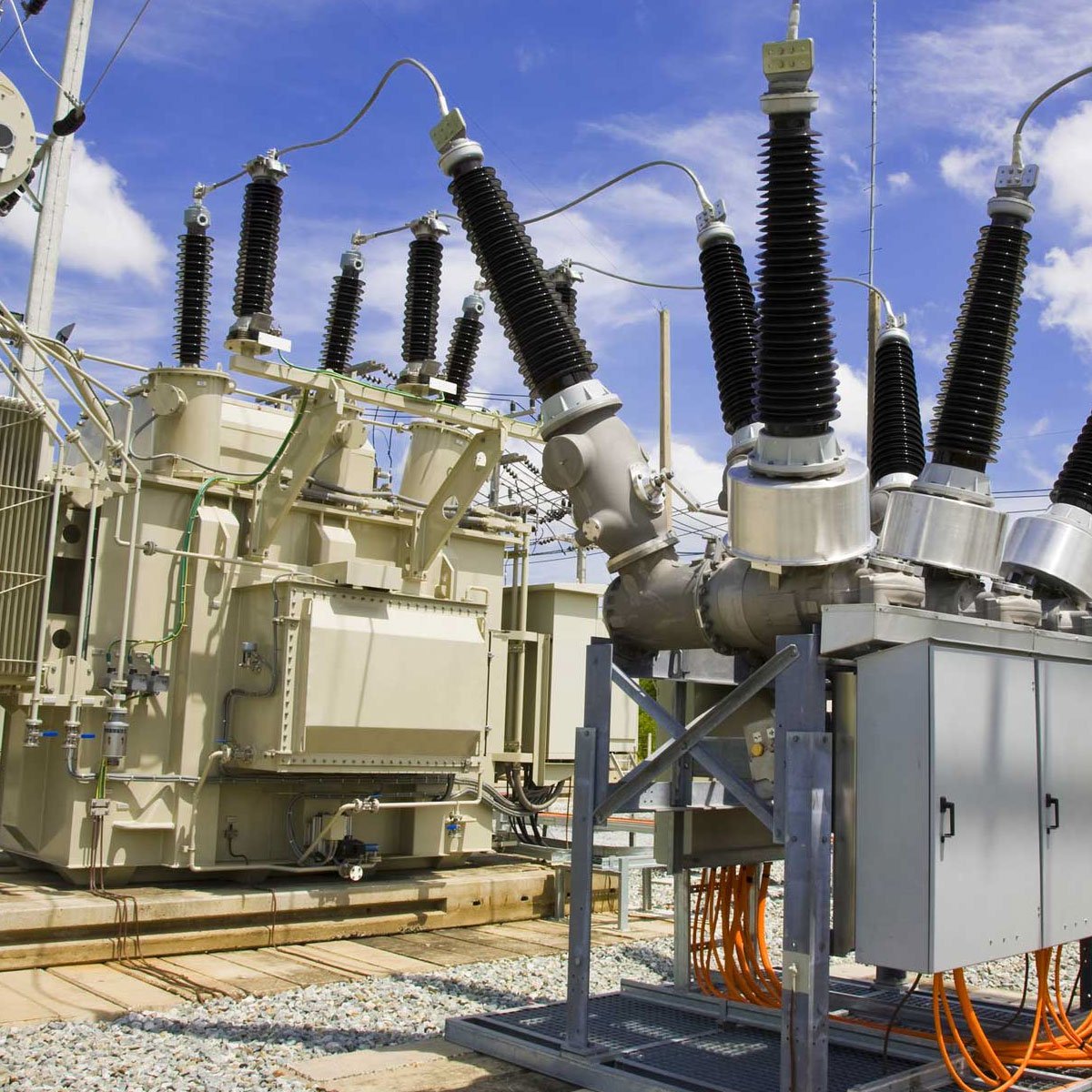
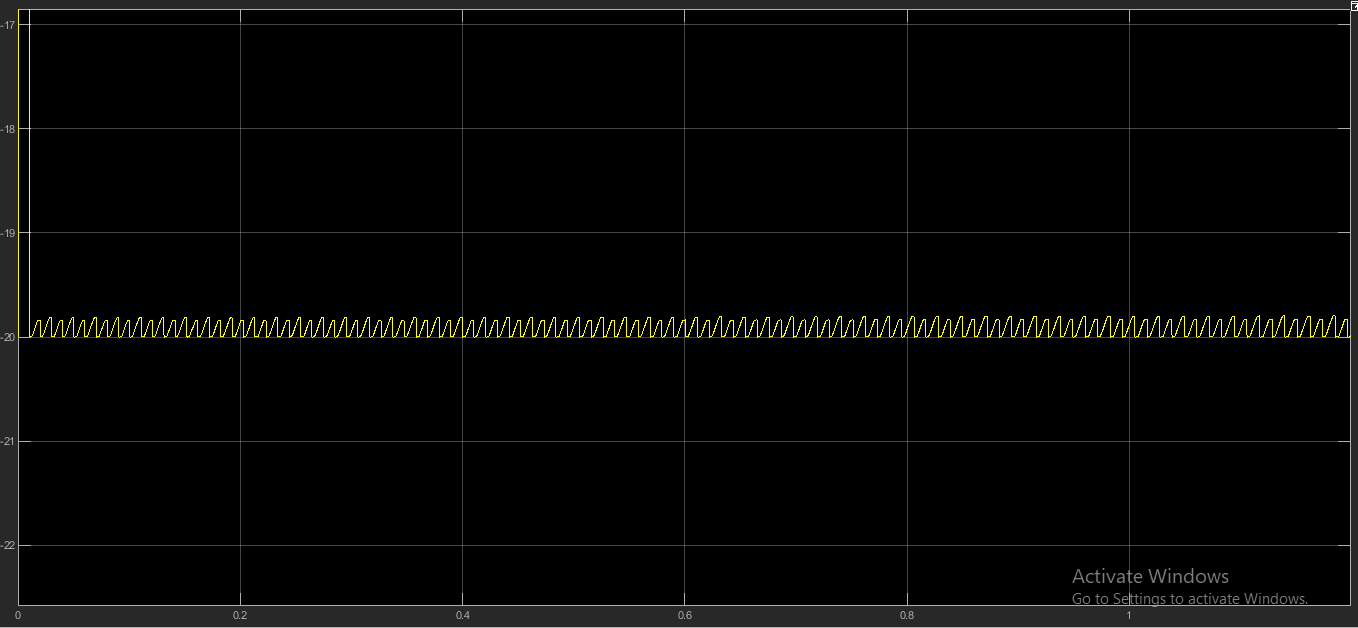

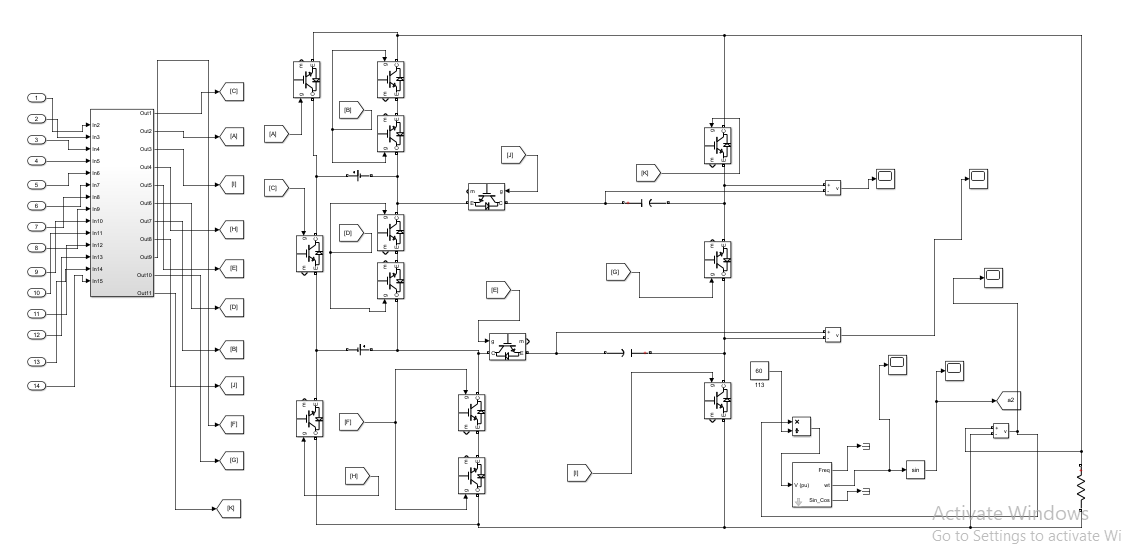
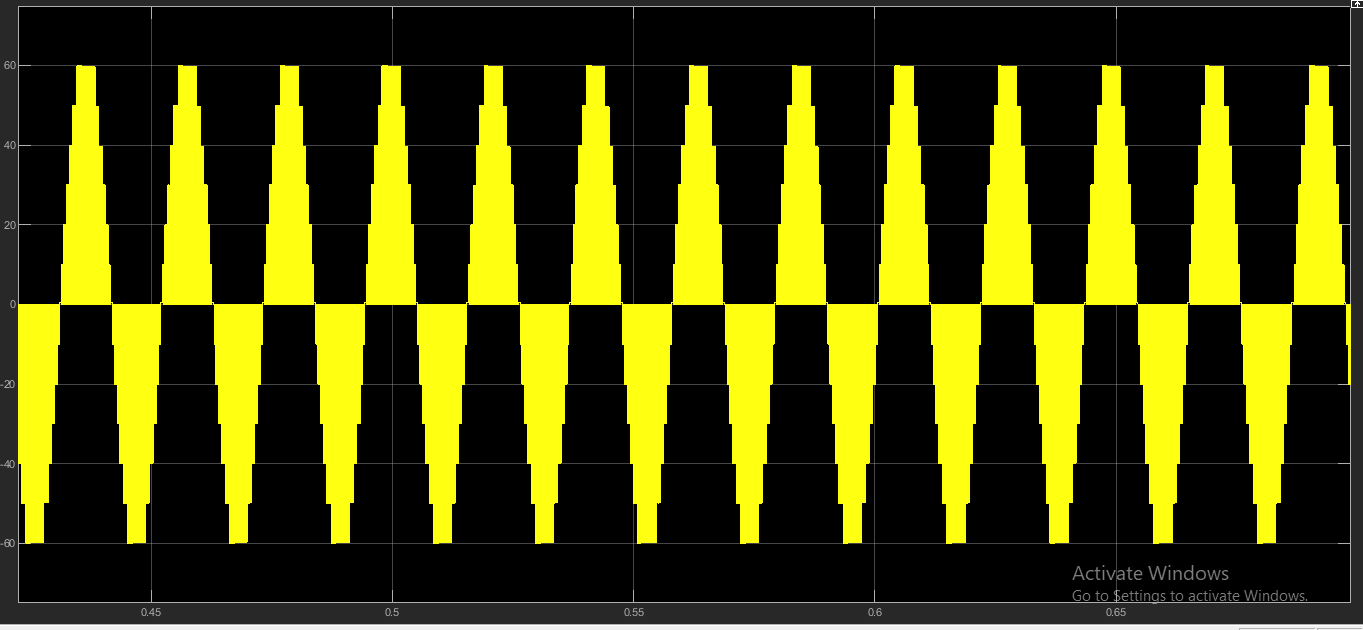

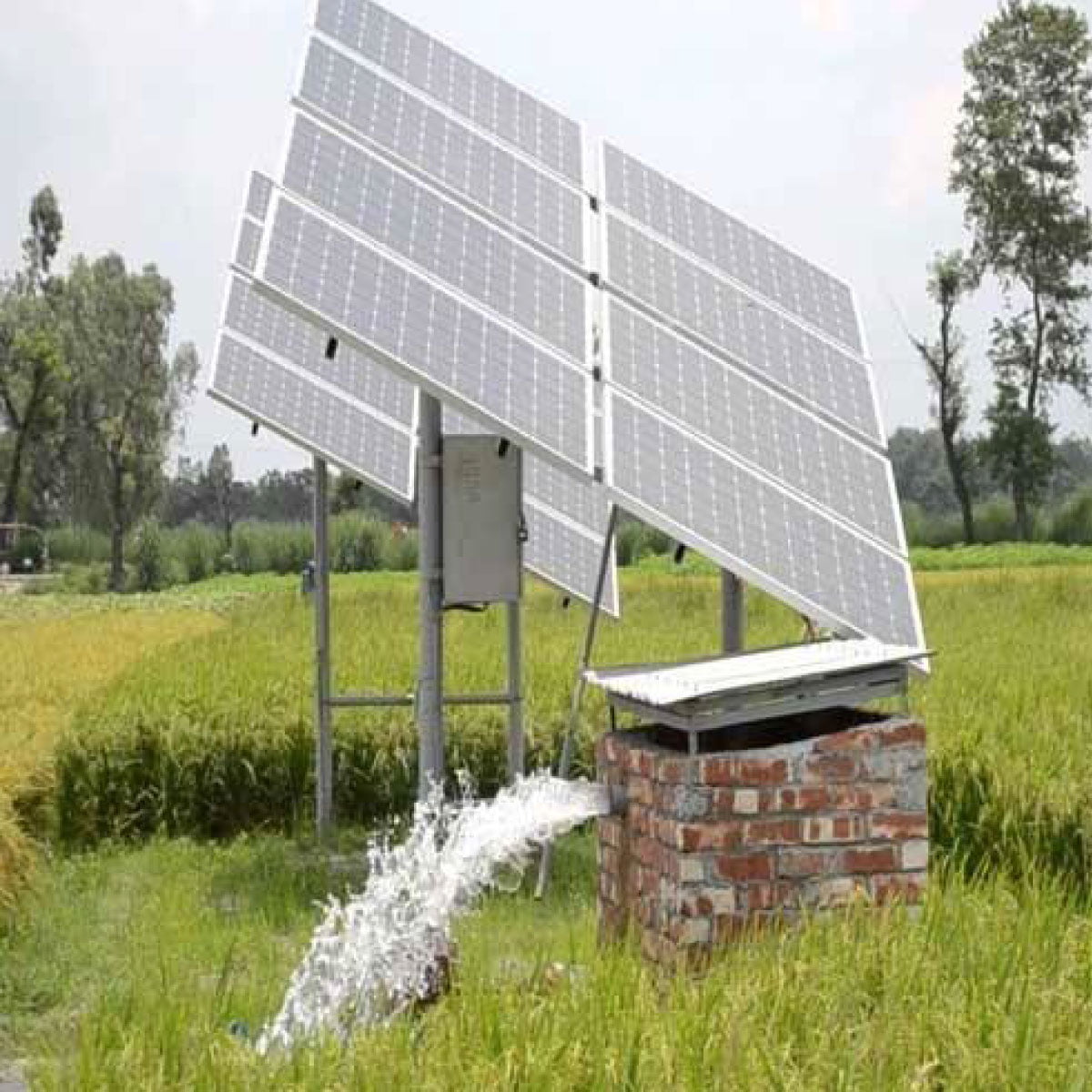

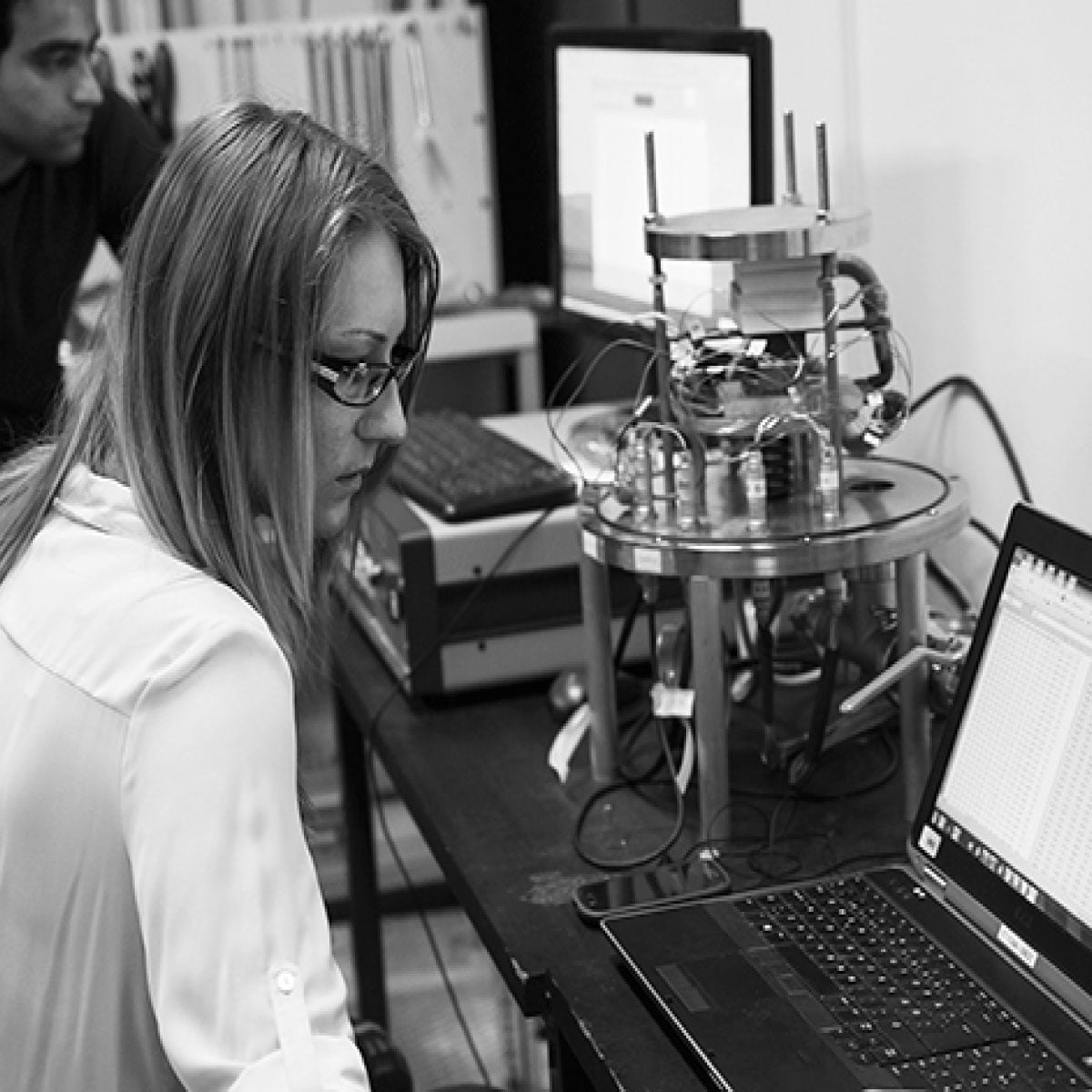





























































































































































































































































































































































































































































































































































































































































































































































































































































































































































































































































Customer Reviews
There are no reviews yet.